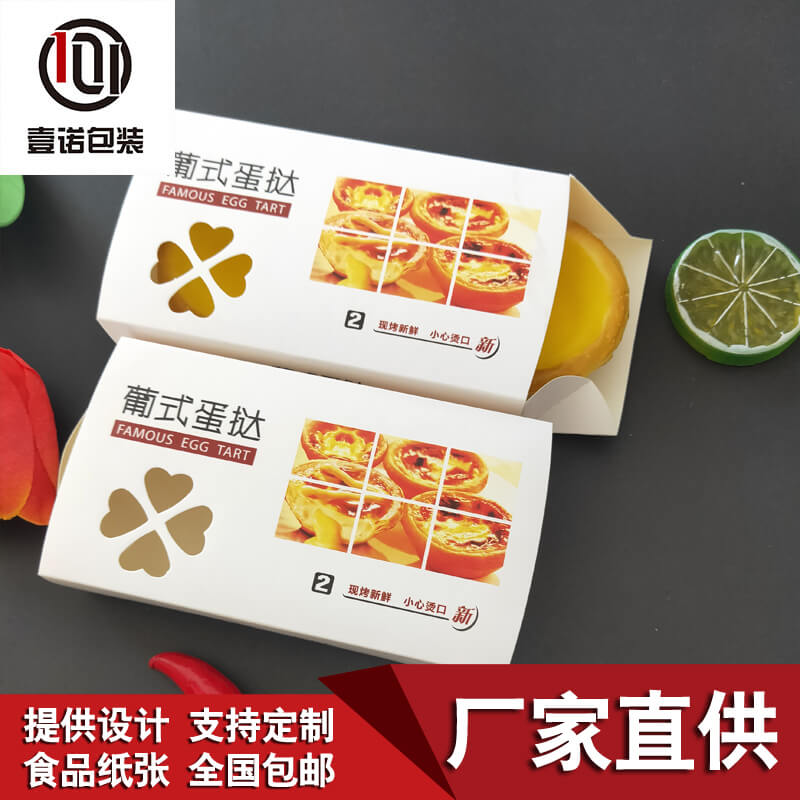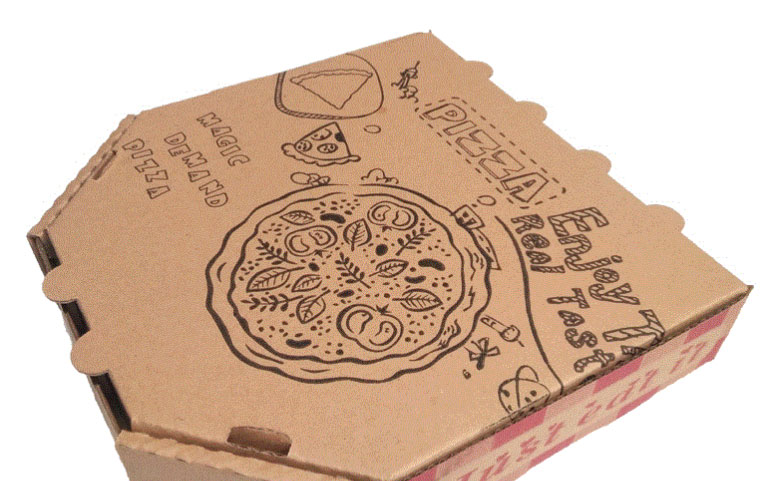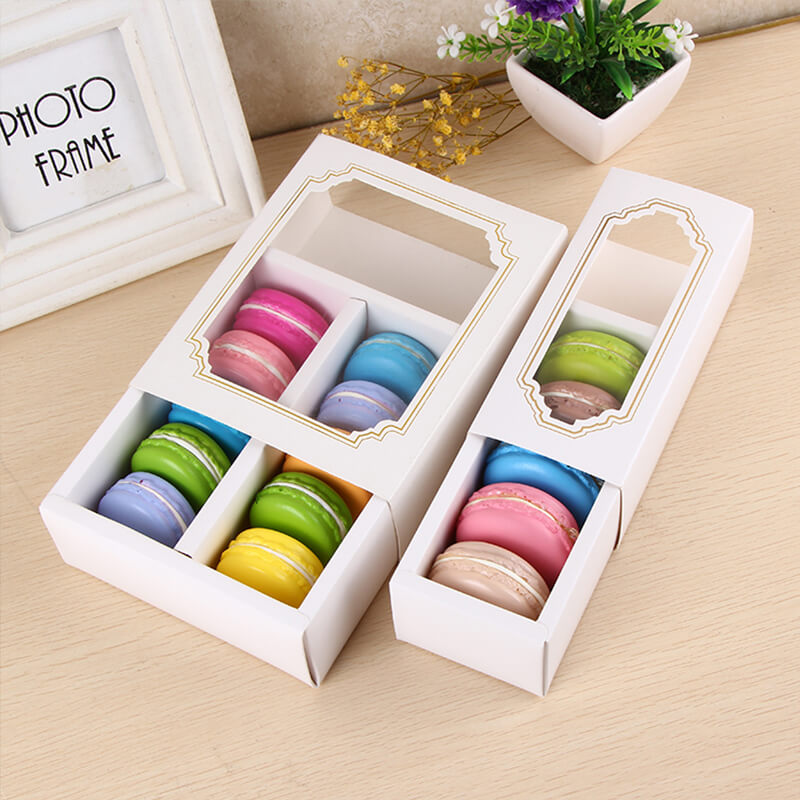![]() 服務(wù)熱線電話
服務(wù)熱線電話
400-801-0899
做好食品禮盒包裝的前期設(shè)計準備工作,需要系統(tǒng)性地分析市場需求、產(chǎn)品特性、用戶心理及生產(chǎn)可行性,以確保最終設(shè)計既符合品牌調(diào)性,又能滿足消費者需求。
To prepare for the early design of food gift box packaging, it is necessary to systematically analyze market demand, product characteristics, user psychology, and production feasibility to ensure that the final design meets both brand tone and consumer needs.
1. 市場調(diào)研與需求分析
1. Market research and demand analysis
競品研究:
Competitive research:
收集同類產(chǎn)品的包裝案例,分析其設(shè)計風格、材質(zhì)選擇、結(jié)構(gòu)設(shè)計、定價策略等。
Collect packaging cases of similar products, analyze their design style, material selection, structural design, pricing strategy, etc.
找出市場空白或差異化機會(如環(huán)保材料、互動式包裝、文化元素融合等)。
Identify market gaps or differentiation opportunities (such as environmentally friendly materials, interactive packaging, cultural element integration, etc.).
目標人群畫像:
Target audience portrait:
明確消費群體特征(年齡、性別、地域、收入水平、消費習(xí)慣等)。
Clearly define the characteristics of the consumer group (age, gender, region, income level, consumption habits, etc.).
調(diào)研用戶偏好(例如:年輕人偏愛簡約風,中老年可能偏好傳統(tǒng)元素)。
Research user preferences (e.g. young people prefer a minimalist style, while middle-aged and elderly people may prefer traditional elements).
考慮使用場景(節(jié)日送禮、商務(wù)禮品、日常自用等),不同場景對包裝的儀式感要求不同。
Consider usage scenarios (holiday gifts, business gifts, daily personal use, etc.), and different scenarios have different requirements for the sense of ceremony in packaging.
趨勢洞察:
Trend insight:
關(guān)注行業(yè)趨勢(如可持續(xù)包裝、國潮風、IP聯(lián)名、可重復(fù)利用設(shè)計等)。
Focus on industry trends (such as sustainable packaging, China-Chic style, IP co branding, reusable design, etc.).
研究色彩流行趨勢(例如年度流行色、節(jié)日主題色等)。
Research color trends (such as annual popular colors, holiday theme colors, etc.).
2. 產(chǎn)品特性與品牌定位
2. Product features and brand positioning
產(chǎn)品屬性分析:
Product attribute analysis:
食品類型(干貨、生鮮、易碎品、液體等)決定包裝的材質(zhì)和結(jié)構(gòu)(如防潮、避光、抗震)。
The type of food (dry, fresh, fragile, liquid, etc.) determines the material and structure of the packaging (such as moisture-proof, light proof, earthquake resistant).
保質(zhì)期和儲存條件影響包裝的密封性和功能性。
Shelf life and storage conditions affect the sealing and functionality of packaging.
品牌核心價值傳達:
Brand Core Value Communication:
明確品牌定位(高端、親民、傳統(tǒng)、創(chuàng)新等),例如:有機食品可突出自然、健康元素。保健食品可突出目標功效等。
Clearly define brand positioning (high-end, affordable, traditional, innovative, etc.), for example: organic food can highlight natural and healthy elements. Health food can highlight its target efficacy, etc.
提煉核心賣點(如“非遺工藝”“低糖配方”),將其轉(zhuǎn)化為視覺符號(插畫、標語、紋理等)。
Extract core selling points (such as "intangible cultural heritage craftsmanship" and "low sugar formula") and transform them into visual symbols (illustrations, slogans, textures, etc.).
文化元素融合:
Integration of cultural elements:
結(jié)合地域文化(如中秋節(jié)的月亮、春節(jié)的剪紙)或品牌故事,增強情感共鳴。
Combine regional culture (such as the moon of Mid-Autumn Festival, Paper Cuttings of the Spring Festival) or brand stories to enhance emotional resonance.
3. 法規(guī)與標準核查
3. Verification of regulations and standards
合規(guī)性檢查:
Compliance check:
確保包裝材料符合食品接觸安全標準(如FDA、GB 4806系列)。
Ensure that packaging materials comply with food contact safety standards (such as FDA, GB 4806 series).
標簽信息需包含產(chǎn)品名稱、成分表、生產(chǎn)日期、保質(zhì)期、QS/SC認證等。
The label information should include product name, ingredient list, production date, shelf life, QS/SC certification, etc.
食品出口特殊要求:
Special requirements for food export:
若產(chǎn)品出口,需符合目標國家的法規(guī)(如歐盟的CE認證、美國的FDA標準)。
If the product is exported, it must comply with the regulations of the target country (such as CE certification in the European Union and FDA standards in the United States).
環(huán)保政策:
Environmental Policy:
避免過度包裝,遵守《限制商品過度包裝要求》(如空隙率、層數(shù)限制)。
Avoid excessive packaging and comply with the "Requirements for Restricting Excessive Packaging of Goods" (such as porosity and layer limitations).
4. 設(shè)計定位與創(chuàng)意方向
4. Design positioning and creative direction
主題設(shè)定:
Theme setting:
根據(jù)節(jié)日、季節(jié)或產(chǎn)品特色確定主題(如“團圓”“自然饋贈”“傳承回憶”)。
Determine the theme based on festivals, seasons, or product features (such as "reunion", "natural gifts", "inheritance of memories").
視覺風格選擇:
Visual style selection:
傳統(tǒng)風格:書法、水墨、傳統(tǒng)紋樣(適合老字號品牌)。
Traditional styles: calligraphy, ink painting, traditional patterns (suitable for time-honored brands).
現(xiàn)代風格:極簡線條、抽象圖案、幾何分割(適合年輕化品牌)。
Modern style: minimalist lines, abstract patterns, geometric segmentation (suitable for young brands).
跨界聯(lián)名:與藝術(shù)家、IP合作,提升話題性。
Cross border collaboration: Collaborating with artists and IPs to enhance topicality.
色彩與圖案規(guī)劃:
Color and pattern planning:
主色調(diào)需符合產(chǎn)品調(diào)性(如巧克力用金色/深棕,茶葉用綠色/大地色)。
The main color tone should conform to the product tone (such as gold/dark brown for chocolate and green/earthy for tea).
避免過多顏色堆砌,保持視覺統(tǒng)一性。
Avoid excessive color stacking and maintain visual consistency.
材質(zhì)與工藝選擇:
Material and process selection:
材質(zhì):卡紙、瓦楞紙、藝術(shù)紙、木質(zhì)、金屬罐、可降解材料等。
Materials: cardboard, corrugated paper, art paper, wood, metal cans, biodegradable materials, etc.
工藝:彩印、燙金、勾邊燙、UV、浮雕、鏤空、絲印、局部光油等,需平衡成本與效果。
Craftsmanship: color printing, hot stamping, hooked edge hot stamping UV、 Relief, hollow out, silk screen printing, partial gloss oil, etc. need to balance cost and effect.
5. 結(jié)構(gòu)設(shè)計與用戶體驗
5. Structural design and user experience
功能性設(shè)計:
Functional design:
保護性:內(nèi)襯結(jié)構(gòu)(EVA泡沫、瓦楞隔層)防止運輸損壞。
Protection: lining structure (EVA foam, corrugated insulation) to prevent transport damage.
便利性:提手設(shè)計、易開啟封口、可重復(fù)密封性。
Convenience: Handle design, easy to open seal, repeatable sealing.
交互體驗:
Interactive experience:
設(shè)計開箱儀式感(如磁吸盒蓋、分層抽屜、隱藏式小禮品)。
Design a sense of unboxing ceremony (such as magnetic box cover, layered drawers, hidden small gifts).
加入互動元素(二維碼故事卡、DIY組裝、可二次利用的包裝盒)。
Add interactive elements (QR code story cards, DIY assembly, reusable packaging boxes).
可持續(xù)性考量:
Sustainability considerations:
采用可回收或可降解材料(如FSC認證紙張、玉米淀粉基塑料)。
Use recyclable or biodegradable materials (such as FSC certified paper, corn starch based plastics).
減少油墨使用面積,簡化包裝層次。
Reduce ink usage area and simplify packaging layers.
6. 打樣測試與優(yōu)化
6. Sample testing and optimization
實物打樣:
Physical sample making:
制作1:1樣品,測試材質(zhì)強度、印刷色差、結(jié)構(gòu)穩(wěn)定性。
Produce 1:1 samples to test material strength, printing color difference, and structural stability.
模擬運輸環(huán)境(震動、溫濕度變化)檢測包裝可靠性。
Simulate transportation environment (vibration, temperature and humidity changes) to test packaging reliability.
用戶反饋收集:
User feedback collection:
邀請目標用戶參與體驗測試,記錄開箱感受、使用痛點。
Invite target users to participate in experience testing and record their unboxing experience and pain points during use.
調(diào)整細節(jié)(如字體大小是否易讀、提手是否舒適)。
Adjust details such as font size for readability and handle comfort.
成本與生產(chǎn)評估:
Cost and Production Evaluation:
與供應(yīng)商溝通,優(yōu)化工藝復(fù)雜度(如減少特殊工藝以降低成本)。
Communicate with suppliers to optimize process complexity (such as reducing special processes to lower costs).
確保設(shè)計適配現(xiàn)有生產(chǎn)工藝和能達到的要求(如目前工藝精細程度是否能達到客戶的預(yù)期)。
Ensure that the design is compatible with existing production processes and meets achievable requirements (such as whether the current level of process refinement can meet customer expectations).
7. 最終確認與時間規(guī)劃
7. Final confirmation and time planning
文件規(guī)范:
Document specifications:
提供印刷文件(CMYK色彩模式、3mm出血線、300dpi分辨率)。
Provide printing files (CMYK color mode, 3mm bleed line, 300dpi resolution).
標注材質(zhì)、工藝、Pantone色號等細節(jié)。
Label details such as material, craftsmanship, Pantone color code, etc.
時間節(jié)點管理:
Time node management:
預(yù)留充足時間應(yīng)對修改(設(shè)計、打樣、生產(chǎn)通常需4-8周)。
Reserve sufficient time to deal with modifications (usually 4-8 weeks for design, sampling, and production).
考慮節(jié)假日或物流高峰期影響(如中秋禮盒需提前3-4個月啟動)。
Consider the impact of holidays or peak logistics periods (such as Mid Autumn Festival gift boxes needing to be launched 3-4 months in advance).
關(guān)鍵工具推薦
Recommended Key Tools
設(shè)計軟件:Adobe Illustrator(矢量圖)、Photoshop(效果圖渲染)、CINEMA 4D(3D建模)。
Design software: Adobe Illustrator (vector graphics), Photoshop (rendering of renderings), CINEMA 4D (3D modeling).
用戶調(diào)研工具:問卷星、用戶訪談、A/B測試。
User research tools: Wenjuanxing, user interviews, A/B testing.
結(jié)構(gòu)設(shè)計工具:Esko ArtiosCAD(包裝結(jié)構(gòu)設(shè)計軟件)。
Structural design tool: Esko ArtiosCAD (packaging structural design software).
食品包裝設(shè)計前如果通過系統(tǒng)規(guī)劃,既能確保設(shè)計創(chuàng)意落地,又能兼顧實用性和市場競爭力,而且能提高設(shè)計效率,最終打造出消費者“想買、想曬、想保留”的食品禮盒包裝。
If systematic planning is carried out before food packaging design, it can ensure the implementation of design ideas, balance practicality and market competitiveness, and improve design efficiency, ultimately creating food gift box packaging that consumers "want to buy, want to show, and want to keep".
本文由 食品包裝禮盒 友情奉獻.更多有關(guān)的知識請點擊 http://www.conklin.net.cn/ 真誠的態(tài)度.為您提供為全面的服務(wù).更多有關(guān)的知識我們將會陸續(xù)向大家奉獻.敬請期待.
This article is a friendly contribution from food packaging gift boxes For more related knowledge, please click http://www.conklin.net.cn/ Sincere attitude To provide you with comprehensive services We will gradually contribute more relevant knowledge to everyone Coming soon.
相關(guān)新聞
- 禮盒的設(shè)計生產(chǎn)標準2021-05-29
- 紙質(zhì)包裝盒的使用為什么越來越廣泛2021-05-29
- 色彩搭配如何使包裝盒更吸引人2021-05-29
- 常見的包裝盒材質(zhì)有哪些2021-05-29
- 高端禮品包裝盒設(shè)計需要提起aN確定的什么?2021-05-29
- 小吃盒批發(fā)講解的一次性餐盒有哪些類型?2021-06-17
- 一次性紙餐盒如何區(qū)分好壞?2021-06-23
- 一次性塑料小吃盒安全嗎?2021-06-28









 400-801-0899
400-801-0899




 當前位置:
當前位置:





















 魯公網(wǎng)安備 37010502001692號
魯公網(wǎng)安備 37010502001692號